Coffee leaf tea is prepared as an infusion of dried leaves of Coffea spp. in hot water. It is a traditional beverage in some coffee-producing countries. From the various ingredients contained in coffee leaves, only two were highlighted as possibly hazardous to human health, namely, caffeine and epigallocatechin gallate (EGCG). Depending on selection and processing (age of the leaves, drying, fermentation, roasting, etc.), coffee leaf tea may exhibit a wide variety of flavors, and its full potential is currently almost unexplored.
- coffee leaf tea
- novel food
- Coffea arabica
- caffeine
- epigallocatechin gallate
1. Introduction
The Coffea genus consists of several species and approximately 6000 varieties [1][5]. The most important coffee species are C. arabica and C. canephora.
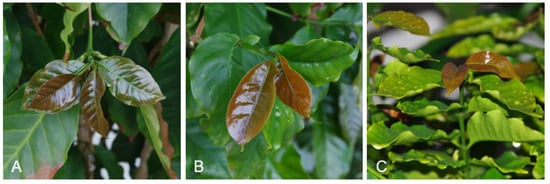



23. Composition of Coffee Leaf Tea
2.1. Ingredients
3.1. Ingredients
2.2. Analytical Results
3.2. Analytical Results
In a recent project conducted with coffee leaves from El Salvador, various coffee leaf teas were analyzed, among other factors, for their caffeine and EGCG content [12][23]. The samples examined differed in terms of the age of the leaves used, drying, fermentation, and other processing conditions (see examples in Table 1). A total of 24 different samples were produced.| Picture | Processing | ||
|---|---|---|---|
| Coffea arabica Variety | Leaves | Drying, Fermentation | |
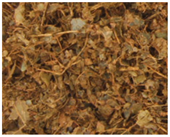 |
Pacamara | old leaves, mixed |
air/sun dried, fermentation by yeast (Saccharomyces cerevisiae, var. bayanus) |
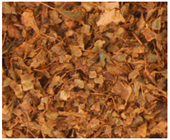 |
Pacamara | yellow leaves, mixed |
air/sun dried, fermentation by yeast (Saccharomyces cerevisiae, var. bayanus) |
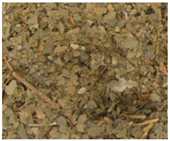 |
Pacamara | old leaves, whole leaves |
Oven-dried, no fermentation |
 |
Pacamara | yellow leaves, mixed |
air/sun dried, wild fermentation |
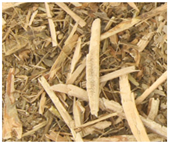 |
Bourbon | whole water shoots, chopped | 1 h steam distilled, air/sun dried |
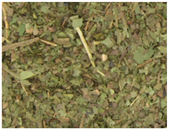 |
Bourbon | old leaves, whole leaves |
air/sun dried, no fermentation |
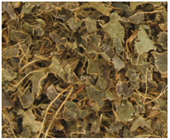 |
Bourbon | old leaves, mixed |
air/sun dried, wild fermentation |
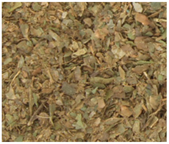 |
Bourbon | old leaves, whole leaves |
roasted, no fermentation |
34. Exposure Assessment
3.1. Caffeine Exposure
4.2. Caffeine Exposure
The taste of Arabica coffee is particularly aromatic, soft, and mild. In contrast, C. canephora coffee of most commercial qualities is perceived to be less delicate and develops a higher caffeine content [13][44]. In addition to many ingredients such as flavorings and aromas, the coffee beans of both varieties contain caffeine. In small amounts, this primarily affects the central nervous system and increases the capacity for mental absorption and memory while at the same time the resulting fatigue is reduced [13][44]. Therefore, it is not surprising that coffee has an image as a stimulant (central nervous system stimulant) [13][14][44,45]. However, consuming it in excessive quantities can cause anxiety, insomnia as well as nausea, vomiting, diarrhea, and gastrointestinal upset [13][14][44,45].According to the WHO assessment of the carcinogenicity of caffeine in humans and also in laboratory animals, there is insufficient evidence that caffeine is carcinogenic. Caffeine was therefore classified as group 3, i.e., not classifiable, concerning its carcinogenicity for humans [15][51]. Intoxication with caffeine is also included in the World Health Organization’s International Classification of Diseases (ICD-10) [14][45]. Caffeine levels of 57 mg/kg intravenously or oral doses of 18–50 g are lethal in human adults [14][45].
